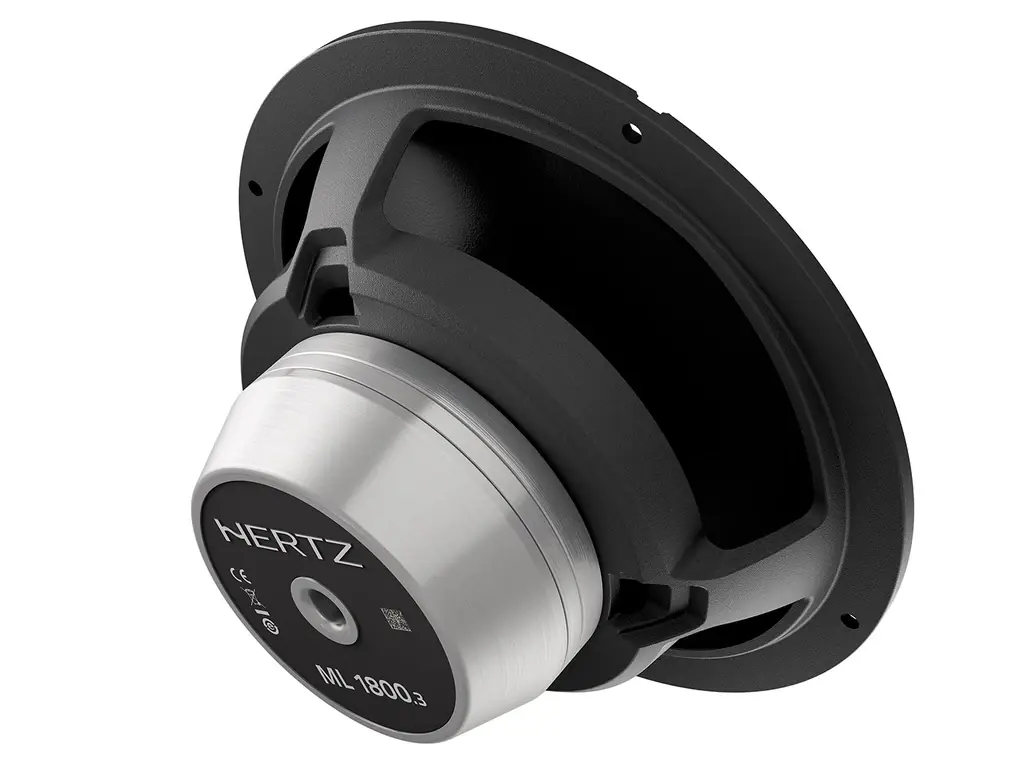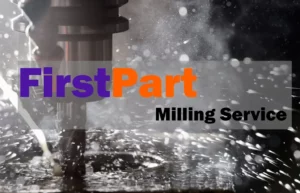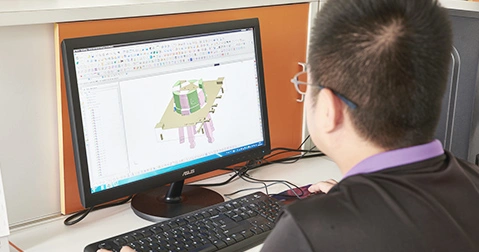5 Hacks for Maximizing the Impact of Your Product Prototypes
The importance of rapid prototyping in any product development cycle is inexcusable. Prototyping remains the only practical solution for evaluating design, functionality and user acceptance before embarking on mass production and introducing the product to the intended market. This is why prototype evaluation can be a make or break in the product development cycle.
In past times, the cost of prototyping, the project duration and implementing corrections were all discouraging and limiting factors. Today, through technologies like 3D printing and CNC rapid prototyping, product engineers can design, test, correct and finalize prototypes much quicker at lower costs. In order to get the most from your product development prototyping phase, here are 5 tips to keep in mind as you work towards the perfect product. For this article, we shall be using the prototyping of wireless earbuds.
Prototype around functionality
First and foremost, ask yourself what the actual use of your product is and determine the critical features required to deliver quality. For earbuds, the quality of the sound is no doubt a top priority. Along with this are features such as noise cancellation and the product ergonomics.
Because wireless earbuds are meant to stay in the ears all days, they must be very comfortable and fit into the ears perfectly. For this project, we have identified two pain points to be addressed. The first, the quality of the earbuds. Second, the level of comfort experienced while using it. Identifying the details within functionality will also guide on the number of prototypes that would be initially developed before shortlisting begins.

It is okay to scale
Depending on what functionality and property you’re focusing on, you may be able to scale down your prototype to reduce material costs. As most of your early stage prototyping will be done with 3D printing, reducing the size of the earbuds to 50% small can give you additional resource to make one more prototype. Of course, since the buds will be smaller than they should be, ergonomics cannot be evaluated from this test. However, things like style, aesthetics and appearance can be seen and felt.
The value of this may not be appreciated with the earbud experiment. Iterations such as civil works (bridges, building structures) with large surface area will however benefit from the huge material cost that scaling allows them to cut.

Consider each prototype as an experiment with many variables
Another way to get a lot from your prototype is to consider each prototype as an option of a main idea rather than considering each prototype against an entirely different iteration. To clarify, let’s refer to our earbud case study. While developing an option that sports a p-shaped fit, it is better to investigate the same p-shape design with minor variations around the length, the angle of fit, the weight of the top part or the radius of the speakers itself. This is more insightful that simply comparing prototype A with the p-shaped fit with prototype B that sports a circular Q-shaped design.

This way, you can critically evaluate each prototype and sniff out the flaws that affect the critical properties rather than discard the concept altogether for an entirely different design iteration.
A real-life scenario for assumption is the difference between the first generation Airpods and the newer, rounder Airpods from Apple. It is possible that both concepts were prototyped earlier on and the company decided on the first one for the introductory phase. Years down the line, Apple has opted to go for a new concept that delivers more power, comfort and sound fidelity.
Test each feature individually and as a whole
Another way to maximize the input of your prototypes is to perform tests on the design component by component and whole. For instance, when making earbuds, you may opt to test the speakers in isolation of the external casing for sound quality, you can also test the Bluetooth range along with other features before the final part has been put together. This way, you do not spend a lot of time trying to draw the big picture when some smaller pieces of the puzzle don’t work as intended.

Start user testing early
Finally, avoid the pitfall of perfection that most product developers fall and begin your user testing as soon as possible. Although it would take some time to arrive at a finalized design, there’s not much value in delaying user testing as the product you are making is meant for a target market. There is no better response to collect than that of your primary audience.
There’s every tendency that your first prototype won’t be the design you settle for; more often than not, you’re finalized design will look and feel very different from the idea concept. As soon as you have stopped making major design changes, put together your shortlisted prototypes and gather your ideal audience for testing. Allow them to participate with a score card and grade the critical aspects of your project. For our earbuds, our concerns will be around ergonomics, comfort, design, battery life, features and sound quality.
Analyze the results from your user testing early to help identify potential areas for improvements, the most enjoyed and likeable features.
FirstPart Rapid Prototyping Services in China
FirstPart is one of China’s leading manufacturing hub for Additive, CNC and Conventional manufacturing techniques. We boast of excellent in-house capacity, labor force and logistics while delivering exceptional value for money. Our array of services include CNC machining, 3D printing, Rapid Tooling, Die casting, Rapid prototyping, Plastic Injection Molding, Urethane Casting, Aluminum Extrusion, Post-machining/Finishing services and much more.
Firstpart provides expert services in a series of rapid prototyping options. From 3D printing to vacuum casting, CNC machining and even urethane casting, we can help you deliver on all your low-volume manufacturing and quick prototyping solutions. Contact us now and receive a free quote on your next project.










